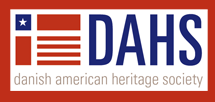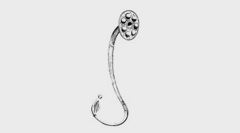Keywords
Danish dairy industry
Abstract
In her Copenhagen apartment, she had a gray stoneware jug decorated with a verse in blue letters: Før sled de bønder rent forbandet, nu er de herrerne i landet – “They used to slave with little say / But farmers rule the land today.” My wife’s grandmother had come to Copenhagen from Jutland as a pretty sixteen-year-old on the eve of the First World War, leaving behind her deep rural roots to become a city woman. The legend on her jug came true in 1901, when the farmers’ party (Venstre) took control of the Rigsdag and forced King Christian X to accept democratic majority rule. Most observers saw this “farmer power” as a political reflection of the economic power built up by farmers’ cooperatives and strengthened by a cultural solidarity acquired in Grundtvigian folk schools. All in all, it was quite a story, telling how ordinary country folks established Danish democracy and led the way to rapid modernization of the Danish economy.
Recommended Citation
Christianson, J. R.
(2020)
"Markus Lampe and Paul Sharp. A Land of Milk and Butter: How Elites Created the Modern Danish Dairy Industry,"
The Bridge: Vol. 43:
No.
1, Article 10.
Available at:
https://scholarsarchive.byu.edu/thebridge/vol43/iss1/10
Included in
European History Commons, European Languages and Societies Commons, Regional Sociology Commons


